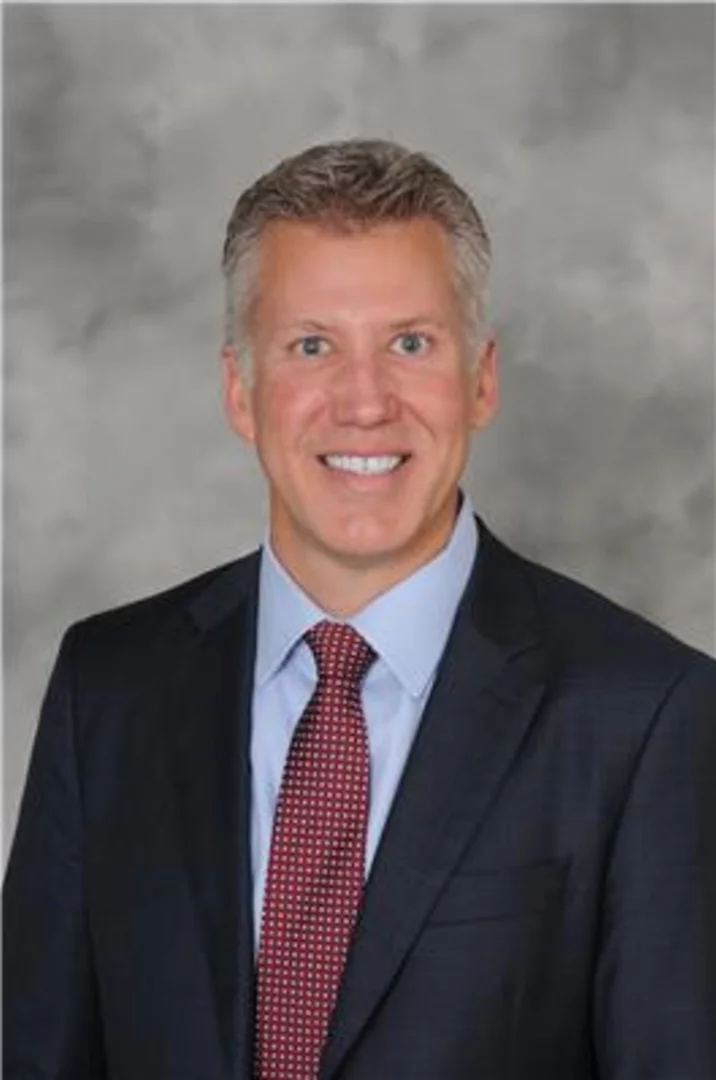COP28 Daily Reports: Sign up for the Green Daily newsletter for comprehensive coverage of the climate summit right in your inbox.
When it comes to the collective goal of limiting global temperature rise to 1.5C, there’s been only one acceptable talking point in the runup to the COP28 conference in Dubai.
“We need to show that the international community can deliver and send a clear signal that keeps 1.5 within reach,” COP28 President Sultan Al Jaber said on Oct. 30. At the Bloomberg New Economy Forum on Nov. 9, US climate envoy John Kerry described COP28 as “critical to open up the opportunity to keep 1.5 degrees alive.” A week later, the European Parliament penned a resolution in support of tripling renewable energy by 2030 and quickly phasing out fossil fuels to “keep 1.5C within reach.”
All of those appeals belie an uncomfortable truth: The planet is now 1.2C warmer compared to the pre-industrial era, and could surpass 1.5C in as soon a decade. James Hansen, a former NASA scientist who testified before Congress about global warming back in 1988, recently called 1.5C “deader than a doornail.” Although some will only do so privately, a growing number of scientists and policy experts agree.
For the most part, the gap between how officials discuss 1.5C and the feasibility of hitting it is a feature, not a bug. Climate-talk observers say the messaging is part of a calculated strategy, one that has worked before, to motivate governments and businesses around climate action. But as humanity closes the books on the hottest year on record, it’s worth asking whether the strategy is still working — and what might be lost by continuing to embrace it.
Before 1.5C, there was 2C. In 1995, the Intergovernmental Panel on Climate Change released the first part of its Second Assessment Report, in which it warned that a doubling of carbon dioxide in the atmosphere could warm the planet between 1.5C and 4.5C, with a best estimate of 2.5C. The next year, the European Union began pushing for a 2C target — “because it’s bigger than one and smaller than three,” quips David Victor, a professor of innovation and public policy studying decarbonization at the University of California at San Diego.
By COP15 in 2009, scientific research was starting to clarify the dangers of global average temperature rise reaching 2C; participants at the conference agreed to aim “below 2C.” A year later, the formal declaration from COP16 referenced “the need to consider” 1.5C as a stronger “long-term global goal.”
Then came 2015’s Paris Agreement, in which some 200 countries agreed to limit warming to well below 2C, “with 1.5C as a sort of high-ambition target,” says Kate Marvel, a senior climate scientist at the nonprofit Project Drawdown. 1.5C has since become synonymous with the accord, and including it was seen as a major win for small island states and other vulnerable countries. The thinking was that it would “be motivating,” Marvel says. “We need to have a target to aim for.”
Read More: What Is COP28 and Why Is It Important?
There was just one problem. Few policymakers, and no one in the general public, really knew what a 1.5C world looked like, what it would take to get there, or whether the difference between 1.5C and 2C was truly significant. So the parties of the Paris Agreement asked the IPCC to investigate.
The resulting report, published in October 2018, detailed for the first time the stakes of an additional half a degree of warming. The report showed that a 1.5C world would have far less extreme heat, flooding and wildfires than a 2C world. It may experience around 0.1 meters (4 inches) less global mean sea level rise by 2100, putting up to 10 million fewer people at risk. Of course, 1.5C was by no means “safe” — say goodbye to most coral reefs — but the report made clear that it would be much better than a 2C alternative.
Practically overnight, 1.5C became a rallying cry for everyone from youth climate activists to developing nations, all of whom used it to emphasize the need for greater, faster climate action.
“When the 1.5 report came out, there was a certain amount of ‘freakout-ittude,’” says Samantha Gross, director of the Energy Security and Climate Initiative at the Brookings Institution. “You know: Oh my god, oh my god, what are we going to do?”
But taking 1.5C seriously also added weight to the possibility of missing it, and the weight could be demotivating, scary even: If we go over 1.5C, we might as well give up hope. “You do hear people talking like that. That’s where I think it becomes not only a distraction but dangerous,” says Robert Kopp, a climate science professor at Rutgers University.“It’s not like something magical happens at 1.51 that didn’t happen at 1.49,” says Zeke Hausfather, a climate scientist at the research nonprofit Berkeley Earth. “The rhetoric around ‘1.5 to stay alive’ sort of holds it up as a climatically significant threshold in a way that’s not particularly well-supported by the science.”
Technically speaking, 1.5C isn’t dead yet: Credible computer models show that there is still a way to limit temperatures to that threshold. Gavin Schmidt, director of NASA’s Goddard Institute for Space Studies, describes the target as “not unachievable because of physics.” Marvel at Project Drawdown characterizes 1.5C as “still possible but very much on life support.”
Exactly how possible also depends on which of two paths is under discussion.
The first path, in which temperature rise hits 1.5C and stays there, is so narrow, so steep and eroding so quickly that the chances of meeting it are “very small,” Schmidt concedes. “As in zero.” Robin Lamboll, a research fellow at Imperial College London, says only that “the amount of political will currently being displayed does not look hopeful for that actually being matched.”
On the other path, temperatures rise more than 1.5C, but come back down later in the century as nature and technology draw down more emissions. This is known as the “overshoot” scenario. Here, there’s even less consensus about what’s feasible. Lamboll says “1.5 degrees by the end of the century is a lot more plausible,” while Schmidt still doesn’t think it will happen.
Both roads to 1.5C come with the same checkpoints. Every country will need to bring its emissions to net zero as soon as possible, meaning far more renewable energy capacity, far less reliance on fossil fuels and a rapid scale-up of manmade carbon-removal technology to complement natural carbon-removal tools like trees. But embracing overshoot — or at least using it to justify a slower phase-out of coal, oil and gas — risks backfiring by delaying climate action and ensuring an even warmer, more dangerous future.
And the odds are already long. Last month, the United Nations’ environment program put the chances of hitting the target without overshoot at just 14%. In a 2021 report, IPCC scientists concluded that even if countries achieved the most dramatic emissions reductions possible, “it is more likely than not” that 1.5C is breached in the coming decades before temperatures come back down.
"I think that 1.5 degrees is decreasingly useful as it becomes harder and harder,” Lamboll says, adding that he’s starting to see 1.7C mentioned more in scientific papers.
Being more honest about 1.5C might help the public better understand the current state of warming, and prepare for what comes next. But climate advocates say there’s a fear that it could also, paradoxically, reduce the sense of urgency.
“The political consequences of saying ‘1.5C is not feasible’ — of blinking, if you like — those political consequences are large,” Victor says. “So nobody wants to take the bullet.”
At COP28 in Dubai, 1.5C will be front and center — in part because this year has offered a sobering glimpse of it. By early November, 2023 had seen more than 80 days with temperatures at least 1.5C above pre-industrial levels, according to the UN, along with second-order effects that include deadly wildfires, damaging flooding and historic drought. After a record-breaking hot September, Hausfather called the heat “gobsmackingly bananas.”
“We are already unsafe and we have not reached 1.5C yet,” says Rachel Cleetus, the policy director of the nonprofit Union of Concerned Scientists’ Climate and Energy program.
COP28 will also include the first “global stocktake,” a rigorous review of how country-level climate efforts are stacking up against Paris goals. The process, intended to inform the next round of national climate pledges due in 2025, is sure to highlight how few countries are moving as quickly or aggressively as is needed to keep 1.5C within the realm of reality.
What the stocktake won’t do, however, is compare that limited headway to what it might have been without the Paris deal. Perhaps the greatest irony of the 1.5C talking point is that, by so clearly identifying the progress still needed, it can add to the misconception that no progress has yet been made.
Back in 2015, just before the Paris Agreement was struck, the UN estimated that even if the most ambitious country-level climate goals were met, the planet had a 66% chance of warming between 3C and 3.5C by 2100. That same year, MIT’s Energy and Climate Outlook estimated 3.1C to 5.2C of warming by the century’s end.
Fast forward to last week, when the UN released the latest version of the same report. It found that if all national-level goals are met, the world will likely warm between 2.5C and 2.9C by 2100. “That’s a huge change,” Gross says. “Is it everything we want? No. Is it better? Oh hell yes.”









